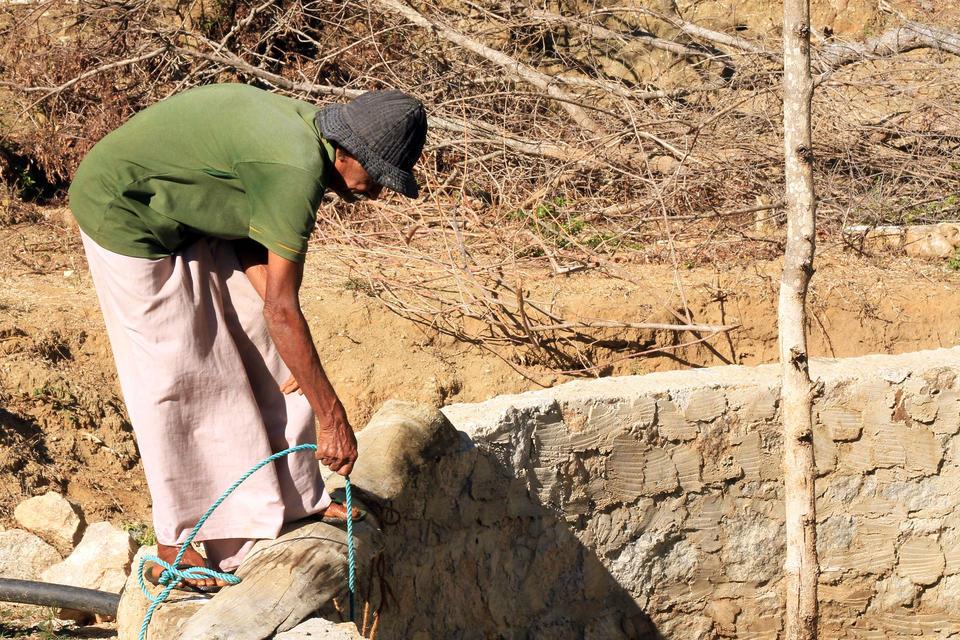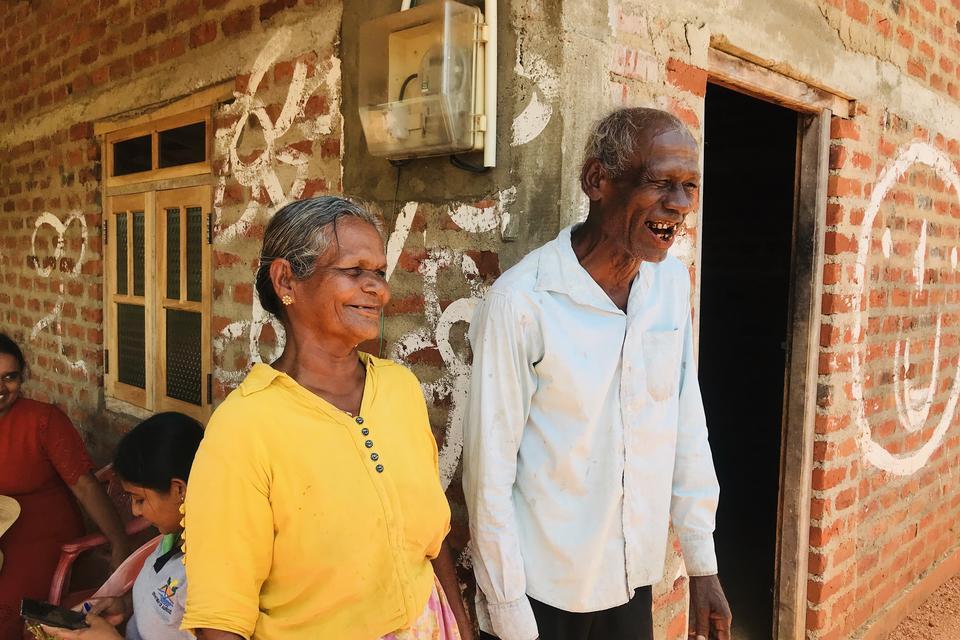Blog Merging High-tech and Ancient Water Management Systems for Global Food Security
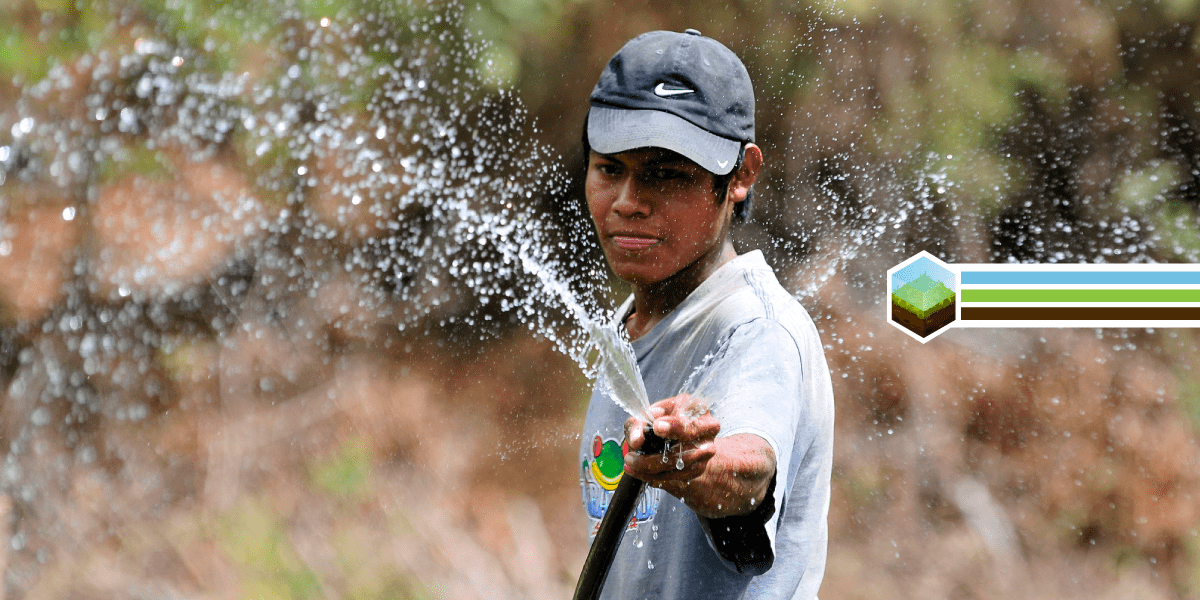
Farming communities across Africa, Latin America and Asia depend on reliable access to water. Learn how Alliance research incorporates youth inclusion, innovative data platforms, and agricultural heritage to boost water security.
Today, we face a myriad of water-related challenges, ranging from water scarcity and drought (due to increasing demand and rising temperatures), extreme weather events and storms, and insufficient access to safe drinking water for many people across the world. Some cities – including Sao Paolo (Brazil), Cape Town (South Africa), Jakarta (Indonesia), and Chennai (India) – have been on the brink of reaching ‘day zero’, in which water reserves are entirely depleted. So, where do we begin to address these challenges? The World Bank estimates that 70% of global freshwater withdrawals are used for agriculture, urging us to develop practices that make the agricultural sector more water efficient, allowing the allocation of resources to other needs.
The Alliance of Bioversity International and CIAT carries out research for development projects across Africa, Latin America, and Asia, focusing on each region’s most pressing issues. Some of these projects focus directly on water management, whilst – as the urgency of water management increases – almost all agricultural projects begin to incorporate water efficiency into their operations, recognizing that water cannot be separated from any agricultural activity. Here we explore primary challenges faced in each region of the Alliance’s work, and explore emblematic case studies.
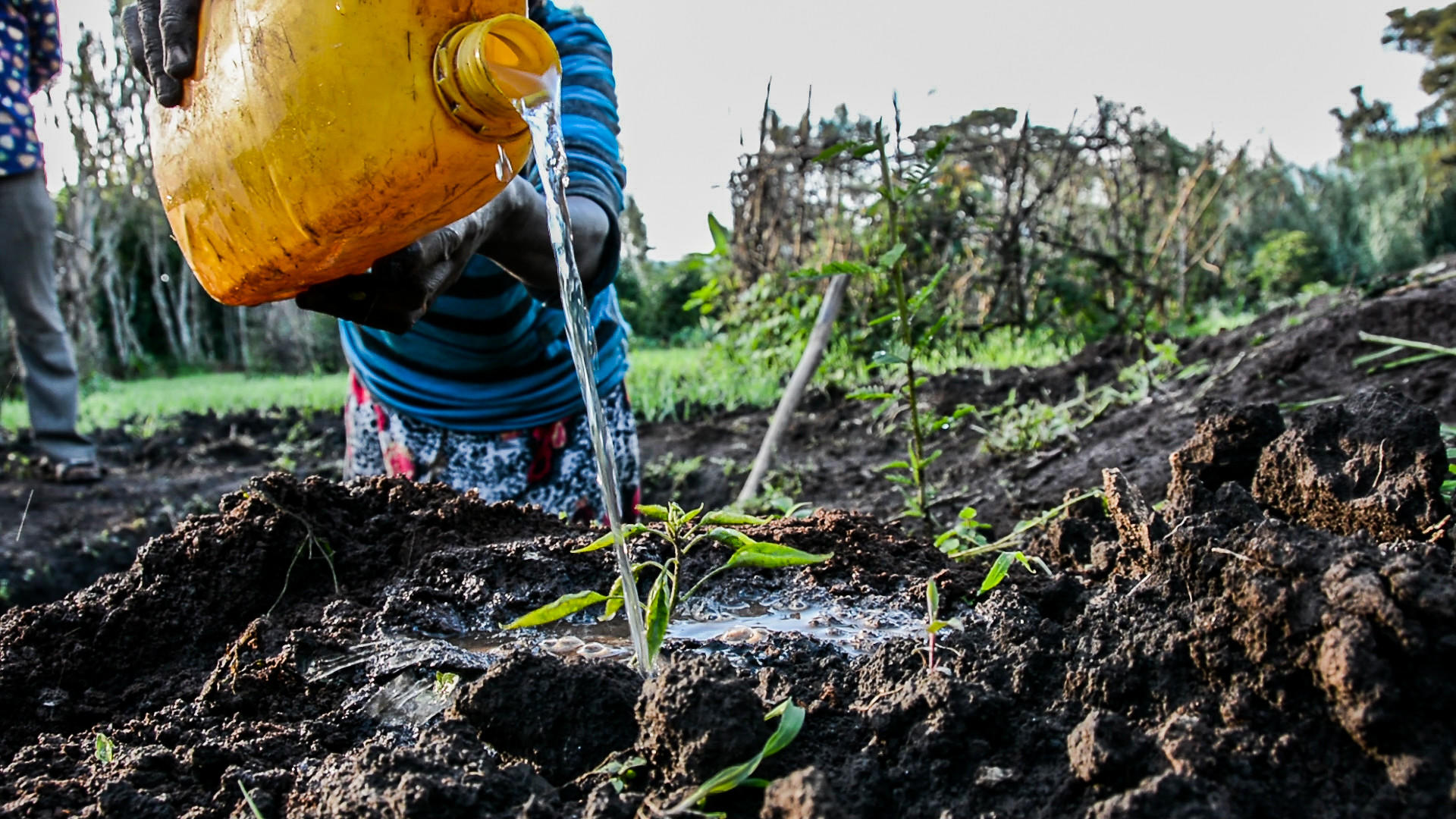
Africa
Water scarcity is the most pressing issue across Africa, particularly in the Middle East and North Africa (MENA), which is the world’s most water-scarce region. It is estimated that although the MENA region is home to approximately 6% of the global population, it contains only 1% percent of freshwater resources (Middle East Institute, 2019). Furthermore, 60% of MENA’s surface water resources are transboundary, complicating the development of effective policies: all countries share at least one aquifer, and the primary example is the river Nile, which is shared between Egypt, Sudan, South Sudan, Ethiopia, Burundi, Tanzania, Rwanda, the DRC, Kenya, and Uganda. (National Geographic).
As well as water scarcity, Africa is the continent with the least access to safe drinking water: In Sub-Saharan Africa, only 54% of people used safe drinking water (World Health Organization, 2021).
Engaging Young Ethiopians in Agriculture through Climate-smart Irrigation
In the highlands of Ethiopia’s Angoleda municipality in the region of Basona Werena, numerous challenges are emerging: increasing drought is affecting food production, and as young people are increasingly disinterested in farming activities, they leave their hometowns to migrate to larger cities, thus increasing the pressure on urban areas that are not yet equipped to provide water resources to a rapidly-growing population. To face these challenges, the Alliance began a pilot program in 2021, inviting 12 young people to design and implement irrigation agriculture projects. An initial resource analysis concluded that two nearby water ponds could irrigate 10ha of land; based on these estimates, the Alliance project leaders offered the young participants several regionally adapted crop varieties from which to choose for their farming experiment.

Young Ethiopians learn about climate-smart irrigation to establish their own projects. Credit: Alliance Bioversity International - CIAT
In partnership with the Africa RISING Project (ILRI), the International Fund for Agricultural Development (IFAD) and the CGIAR Research Program on Climate Change, Agriculture and Food Security (CCAFS), the project facilitators provided the 12 participants with trainings on land preparation, planting, and efficient water management, using water pumps to ensure resource efficiency and a productive yield. Three months later, the young farmers gathered their first harvest of common beans, potatoes, onions, and carrots, generating 704,480 Ethiopian birr ($22,000 USD), which was shared between them. The project was deemed a success by both leaders and participants, simultaneously providing economic incentives for the young people to stay in their home regions, as well as increasing knowledge on how to use available resources to grow food using more efficient irrigation. Tadese Shewaye – one of the 12 participants – shared his experience:
“It is credit to the Alliance team who listened to our interests and supported this scheme. [Before], there was not any money to even maintain the old generator. Now we have income to buy our own seeds, maintain the water pump, and even teach other farmers to follow suit.”
According to Mr. Mekonin Mengistu – Irrigation Official at the local Basona Worena Agricultural Office:
“What we have seen is a role model to show the youth how business can be done and how they can employ themselves in agriculture."
Looking to the future, Wuletawu Abera – Ethiopian Senior Scientist at the Alliance, and co-facilitator of the project – clarified:
“The team will also embark on mapping small-scale irrigation schemes to glimpse the potentials and constraints of promoting small-scale irrigation, which is key to supporting food and nutrition security of local smallholder farmers.”
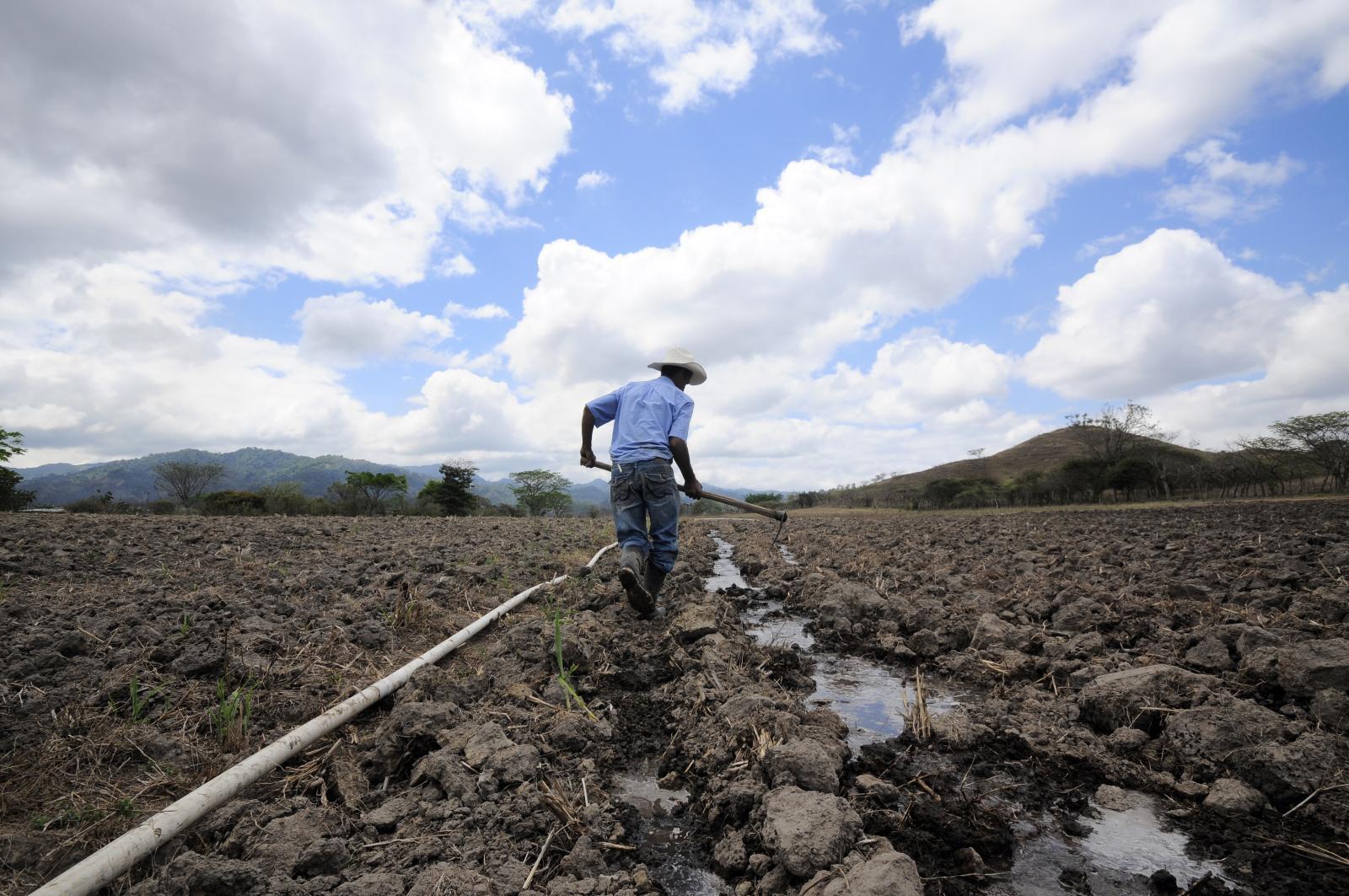
A farmer digs irrigation channels for his maize crop during Honduras' intense dry season. Credit: Alliance Bioversity International - CIAT
Latin America and the Caribbean
With a huge variety of ecosystems, Latin America and the Caribbean (LAC) faces a variety of water-related stresses. Home to the largest rainforest on Earth – the Amazon basin – LAC experiences water pollution due to deforestation, highly unequal access to safe water, and disparities between rural and urban areas, with indigenous groups facing the greatest challenges. Furthermore, there are numerous arid zones across the Americas that suffer from water scarcity – particularly in Honduras and El Salvador in Central America, and Argentina, Chile and Paraguay in South America (Latin American Semiarid Platform, 2021). A flagship example of the Alliance’s work on water security in LAC – as well as an example of the Alliance’s expertise in developing data-driven decision-making tools – is the Agua de Honduras platform.
Agua de Honduras
Agua de Honduras was established by the Alliance in 2017, in response to an intense drought in Western Honduras which was putting many farmers’ livelihoods at risk. Agua de Honduras is a governmental open-access data platform that informs water management by providing data on hydrographic delimitations, climate, soils, vegetation cover and detections of vegetation loss, water demand and quality, floods, and hydrology. Led by the Alliance, the project has been financed by the United States Agency for International Development (USAID), the Swiss Agency for Development and Cooperation (SDC), and the United Nations Development Program (UNDP).

Farmers and decision-makers map water availability in different regions of Honduras. Credit: Alliance Bioversity International - CIAT
A key element of the platform is the award-winning tool AGRI, ‘Agua para Riego’ - ‘water for irrigation’, which identifies the most appropriate sites for either water harvesting or river deviation to supply water for both farming and human consumption. Agua de Honduras aims to benefit millions of Hondurans by providing policymakers with the information needed to make smarter water management decisions.
In 2018, the Government of Honduras officially adopted the platform as the Ministry of Environment’s main water management system, which is also used by multiple organizations to decide where to purchase and protect land to increase water availability, among other multiple benefits and impacts that derive from the platform’s use. A new version of AGRI (AGRI - World Sources) is creating a global impact, which received support for its implementation in other countries across LAC, and even replication in East Africa, with the support of the Food and Agriculture Organization of the United Nations (FAO) and the Caribbean Development Bank (CDB).
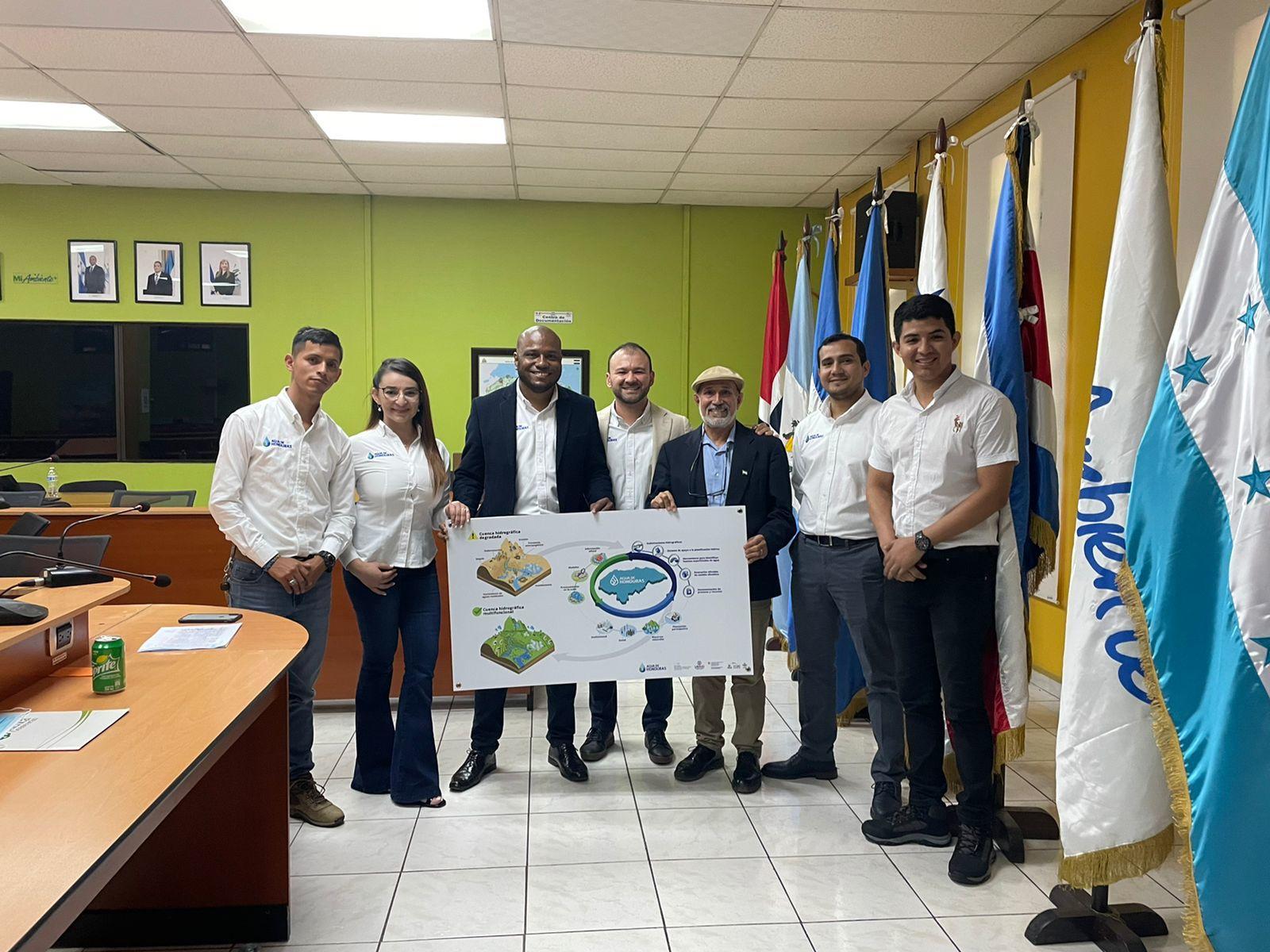
Secretariat of Environment and Natural Resources (SERNA) and the Alliance of Bioversity and CIAT present the implementation progress of Agua de Honduras. Credit: Alliance Bioversity International - CIAT
Asia
Asia is home to almost 60% of the global population, with more inhabitants than all other continents combined (World Population Review, 2023). Furthermore, it is also the continent with the highest number of megacities, and the fastest-growing population, putting enormous pressure on already-scarce water resources. Rapid urbanization makes water pollution one of the main challenges in Asia, with increasing cases of water-borne diseases.
As well as low water safety, both extreme drought and flooding affect many countries, putting agricultural yields at risk. Due to its low-lying geography and annual monsoons, Bangladesh is estimated to be the most flood-prone country in the world, with roughly 70 million of its 170 million inhabitants living in flood-prone areas (NASA Earth Observatory, 2022); Vietnam, the Philippines and many other countries suffer similar flood risks. On the other hand, Nepal, Iran and multiple Central Asian countries suffer from intense seasonal drought. Lastly, numerous countries – including India and Sri Lanka – suffer from both drought and flooding, varying between season and region.
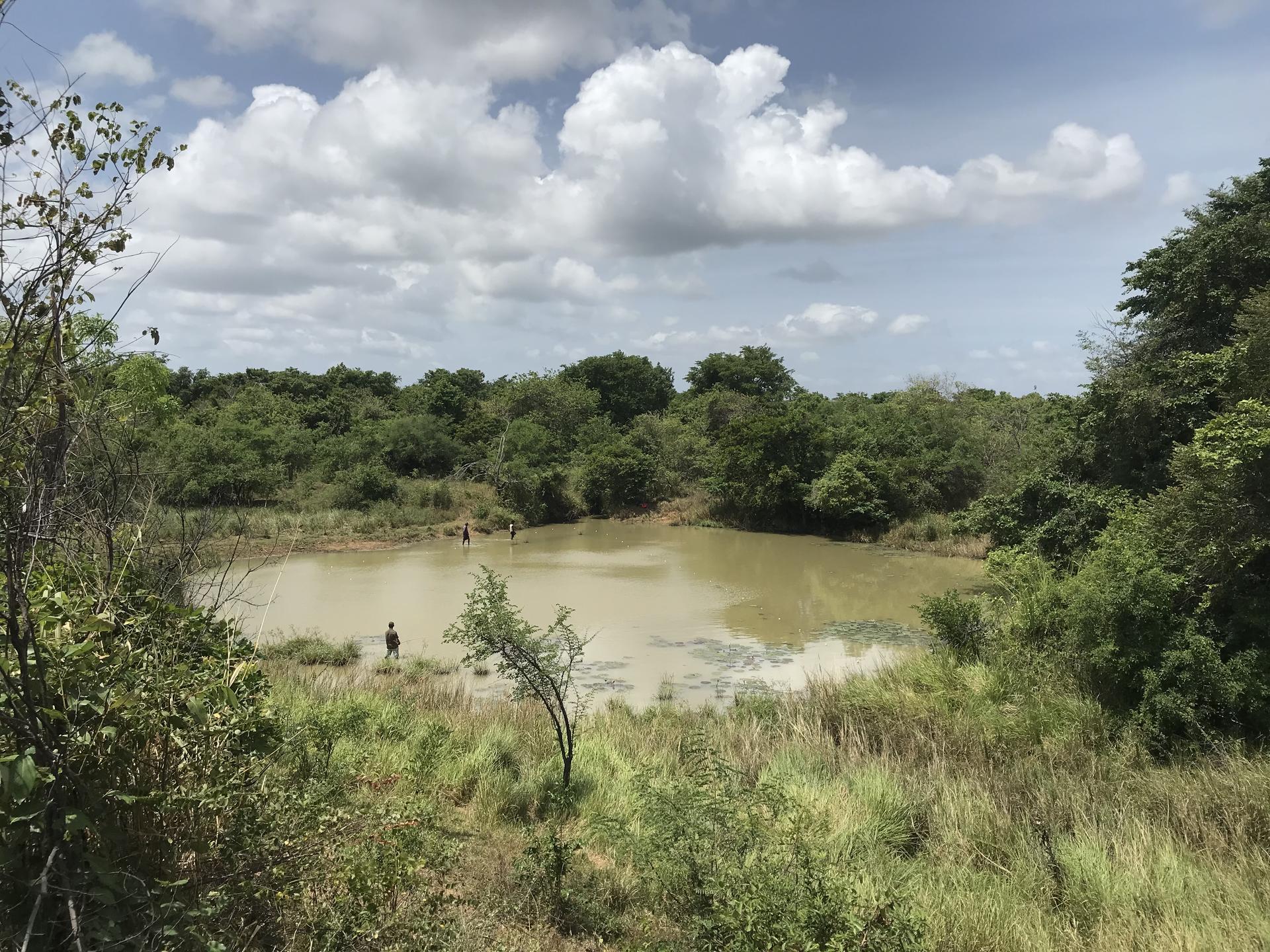
People explore the Thumbikulama tanks in the Palugaswewa region of Sri Lanka. Credit: Thejana Bandara
The Ecological Restoration of Sri Lanka’s Village Tank Cascade Systems
The Alliance is working in multiple countries across Asia, including Sri Lanka, where a team is working to restore an ancient water management system known as ‘Village Tank Cascades’.
According to an Alliance introductory study:
“The primary service of Village Tank Cascade Systems has been the storage of [rainwater] to enable year-round paddy cultivation. Most rivers and streams found in the country’s dry zone emerge only during the monsoon season. The resourcefulness of ancient communities led to the creation of Village Tank Cascade Systems (VTCS). VTCS [are] a network of small to very large tanks (or reservoirs) connected through a series of canals. The tanks, which store water from seasonal streams, each have a specific purpose. For example, the village tank, which all other tanks in the system drain into, is used for irrigation, as well as other community activities, while the ‘water hole’ is constructed for the trapping and deposition of silt. When fully functional and well managed, the tanks provide [local] villages with a year-round water supply, helping the surrounding landscape and communities to thrive.”
As well as supplying water for agriculture, maintenance of the VTCS supports local biodiversity, providing additional ecosystem services. To strengthen the restoration and sustainable management of VTCS, the Alliance established a project called ‘Healthy Landscapes’, financed by The Global Environment Facility (GEF), and co-led by Sri Lanka’s Ministry of Environment and UNEP. Healthy Landscapes has worked with communities in Sri Lanka’s dry zone to renovate existing VTCS, gather data on the value of these systems, disseminate knowledge, build partnerships to increase capacity for managing these systems, and provide the necessary data and guidelines to support the development of policies that would prioritize the protection and expansion of these systems, mainstreaming VTCS as a cornerstone of water management in Sri Lanka.
According to project facilitators, the restoration of VTCS is an example of “looking to the past for solutions for the future”, establishing efficient water management systems that mitigate both flooding and water scarcity, whilst supporting surrounding ecosystems and communities. The Healthy Landscapes project aims to renovate the traditional features of multiple VTCS, and according to interim results:
“In the case of one tank, simply repairing its bunds allows it to be flooded again, restoring over 300 acres of paddy fields within just a year!”

Sri Lanka's Village Tank Cascade Systems provide multiple ecosystem services, increasing local biodiversity whilst ensuring year-round water availability. Credit: Healthy Landscapes Project
Final Thoughts and Aspirations for the Future
Ensuring safe water for consumption, sanitation and food production – whilst allowing Earth’s ecosystems to thrive – is one of the most urgent challenges of our time. Regionally adapted strategies for water-smart agriculture must be further explored, and rapidly upscaled. The task is huge, and relies on effective global partnerships. Therefore, to contribute to the identification of solutions, the Alliance is developing a variety of tools – ranging from on-the-ground capacity building, data-driven decision-making platforms, and the regeneration of ancient water-management systems that have allowed farming communities to manage natural resources for thousands of years.



